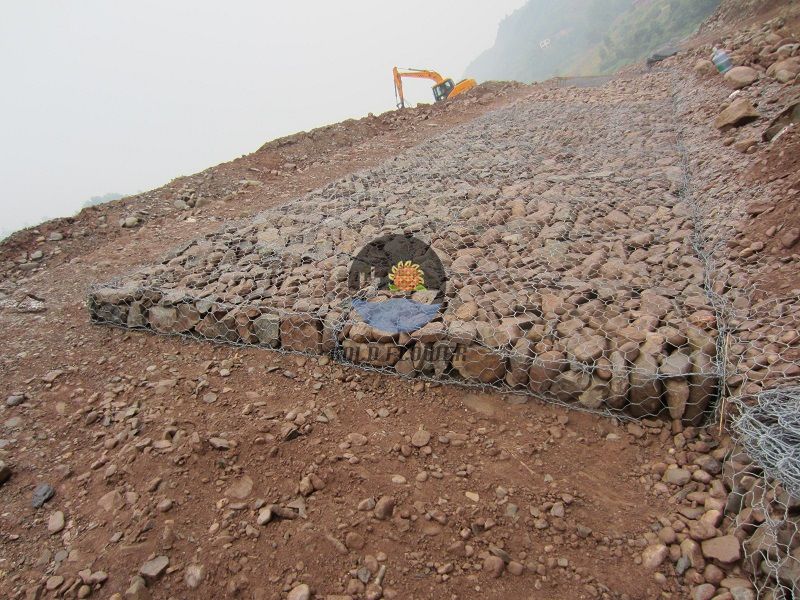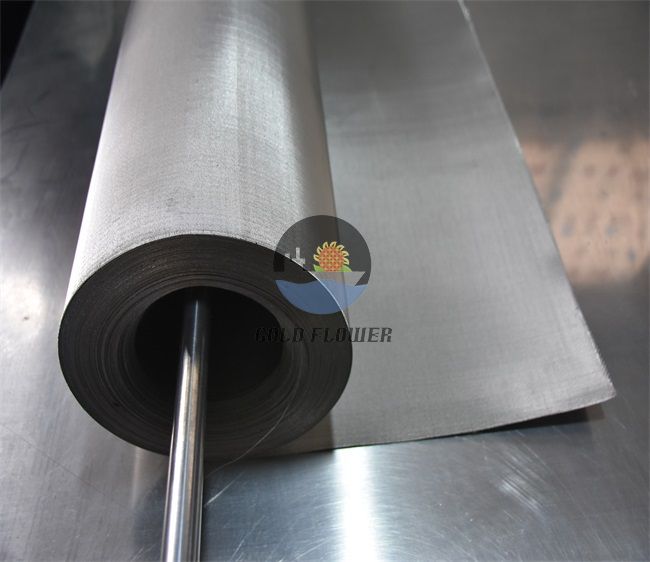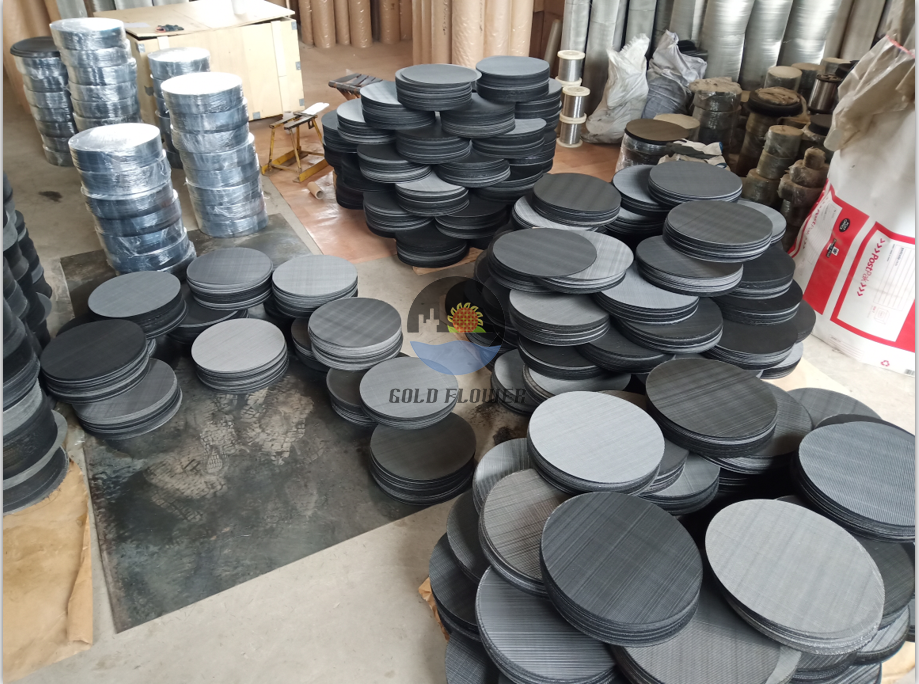Gabion walls are popularly used in civil engineering and construction projects. They are wire mesh baskets that are filled with rocks or other durable materials and used to create retaining walls, sound barriers, erosion control structures, and other similar applications. The thickness of the gabion wall mesh can vary depending on the application and the size of the rock or material being used to fill the baskets.
Gabion wall mesh is typically made of galvanized steel wire, which is strong and durable. The mesh is woven or welded, depending on the manufacturer and the specific application. Woven mesh is created by interweaving wires in a pattern that creates a flexible, yet strong, mesh. Welded mesh is created by welding wires together at each intersection to create a rigid, strong mesh.
The thickness of the gabion wall mesh is typically measured in terms of wire diameter. The wire diameter is the thickness of the wire used to make the mesh. Wire diameter is usually expressed in millimeters or inches, depending on the manufacturer and the location where the gabion wall mesh is being used.
The wire diameter of gabion wall mesh can range from 2 mm (0.079 inches) to 4 mm (0.157 inches) or more. The thicker the wire, the stronger and more durable the gabion wall mesh will be. However, thicker wire can also make the mesh more difficult to handle and more expensive to manufacture.
Th mesh size is also an important consideration when determining the thickness of gabion wall mesh. Mesh size is the distance between the wires in the mesh, measured in millimeters or inches. The mesh size can vary depending on the manufacturer and the specific application. The larger the mesh size, the more rock or other material can be used to fill the baskets.

Gabion wall mesh with a wire diameter of 2 mm (0.079 inches) is typically used for smaller, decorative applications, such as garden walls or fences. The mesh size for this type of gabion wall mesh is usually between 50 mm (1.969 inches) and 75 mm (2.953 inches). This type of mesh is not designed to hold back large amounts of soil or water, and is therefore not suitable for larger-scale projects.
Gabion wall mesh with a wire diameter of 3 mm (0.118 inches) is the most commonly used type of gabion wall mesh. It is suitable for a wide range of applications, including retaining walls, sound barriers, erosion control structures, and other similar projects. The mesh size for this type of gabion wall mesh is usually between 75 mm (2.953 inches) and 100 mm (3.937 inches).
Gabion wall mesh with a wire diameter of 4 mm (0.157 inches) or more is typically used for larger-scale projects, such as sea walls or riverbank protection. The mesh size for this type of gabion wall mesh is usually between 100 mm (3.937 inches) and 150 mm (5.906 inches).
It is important to note that the thickness of the gabion wall mesh is not the only factor that determines the strength and durability of the wall. Other factors, such as the type and size of the rock or material used to fill the baskets, the depth and height of the wall, and the design and construction of the wall itself, can all affect its strength and stability.
In addition to the wire diameter and mesh size, the coating on the gabion wall mesh can also affect its durability and resistance to corrosion. Galvanized steel wire is commonly used for gabion wall mesh because it is resistant to rust and corrosion. However, other coatings, such as PVC or zinc-aluminum alloy, can also be applied to the wire to provide additional protection against corrosion.





















